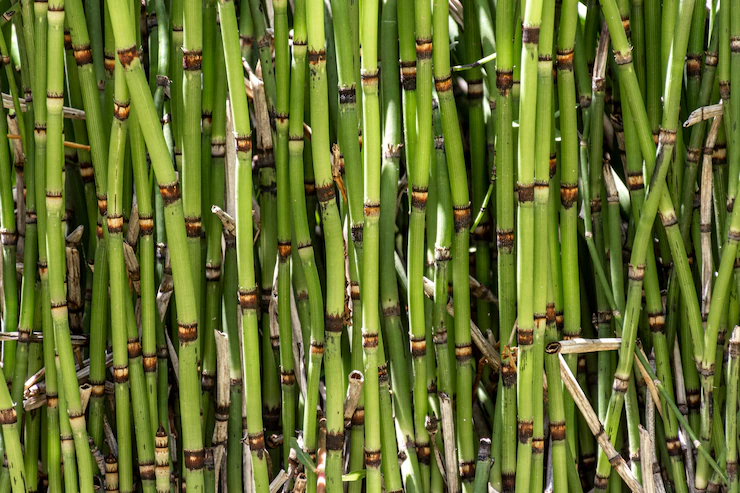When growing sugarcane in South Africa, there are several infections and diseases that farmers should watch out for to ensure the health and productivity of their crops. Here are some common ones:
- Sugarcane Smut (Ustilago scitaminea): Sugarcane smut is a fungal disease that affects the inflorescence and causes black, elongated fungal spore masses. It can reduce yield and affect the quality of sugarcane. Crop rotation, planting disease-free seeds, and chemical control methods can be used to manage this disease.
- Leaf Scald (Xanthomonas albilineans): Leaf scald is a bacterial disease that affects the leaves of sugarcane plants. It causes elongated, chlorotic streaks on the leaves, which later turn brown. Infected plants show reduced vigor and yield losses. Planting disease-free seedlings and controlling insect vectors can help manage leaf scald.
- Rust (Puccinia melanocephala): Rust is a fungal disease that affects the leaves of sugarcane, causing reddish-brown pustules and yellowing of the foliage. Severe infections can lead to yield losses. Cultural practices, such as planting resistant varieties, removing infected debris, and fungicide applications, can help control rust.
- Ratoon Stunting Disease (Leifsonia xyli subsp. xyli): Ratoon stunting disease is a bacterial infection that affects the ratoon (regrowth) crop of sugarcane. It causes stunted growth, yellowing of leaves, and reduced yields. Using healthy seed cane and implementing strict sanitation measures can help prevent and manage this disease.
- Sugarcane Mosaic Virus: Sugarcane mosaic virus is a viral disease transmitted by aphids. It causes mosaic-like patterns and streaking on the leaves, leading to reduced plant vigor and yield losses. Planting virus-free seed cane and controlling aphid populations are important for managing this disease.
- Fusarium Wilt (Fusarium sacchari): Fusarium wilt is a fungal disease that affects the roots and vascular system of sugarcane. It causes wilting, stunting, and yellowing of leaves. Crop rotation, planting disease-free seedlings, and soil fumigation can be employed to manage fusarium wilt.
- Red Rot (Colletotrichum falcatum): Red rot is a fungal disease that affects the stalks of sugarcane plants. It causes red discoloration and rotting of the internodes, resulting in yield losses. Planting disease-resistant varieties, practicing good sanitation, and implementing strict quarantine measures are effective management strategies.
It is crucial for sugarcane growers to implement proper disease management practices, including the use of disease-free planting material, crop rotation, sanitation, and, in some cases, the application of appropriate fungicides or bactericides. Consulting with local agricultural extension services or sugarcane specialists can provide region-specific advice and recommendations for disease control in South Africa.
Join 'Farmers Mag' WhatsApp Channel
Get the latest Farming news and tips delivered straight to your WhatsApp
CLICK HERE TO JOIN






